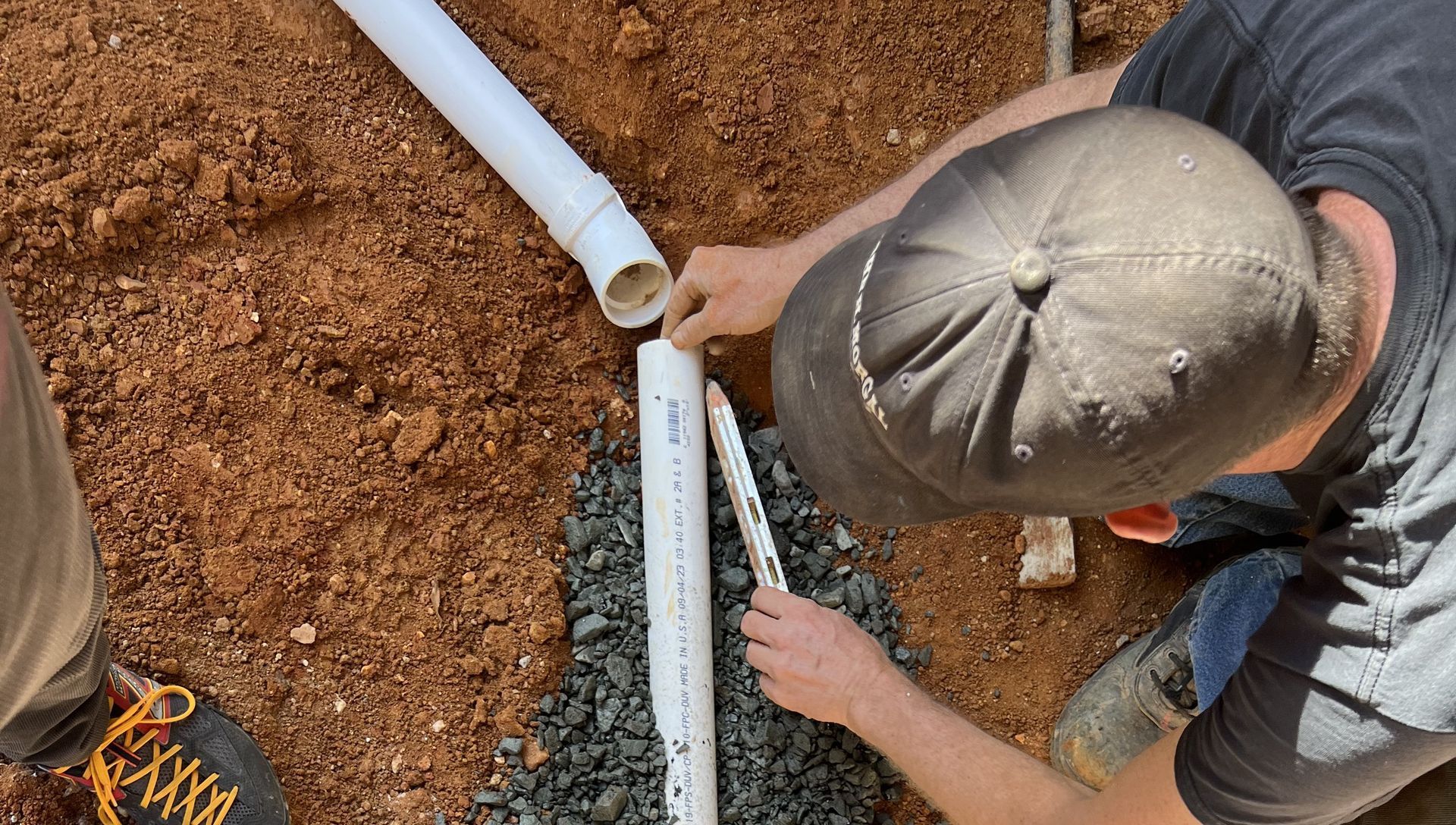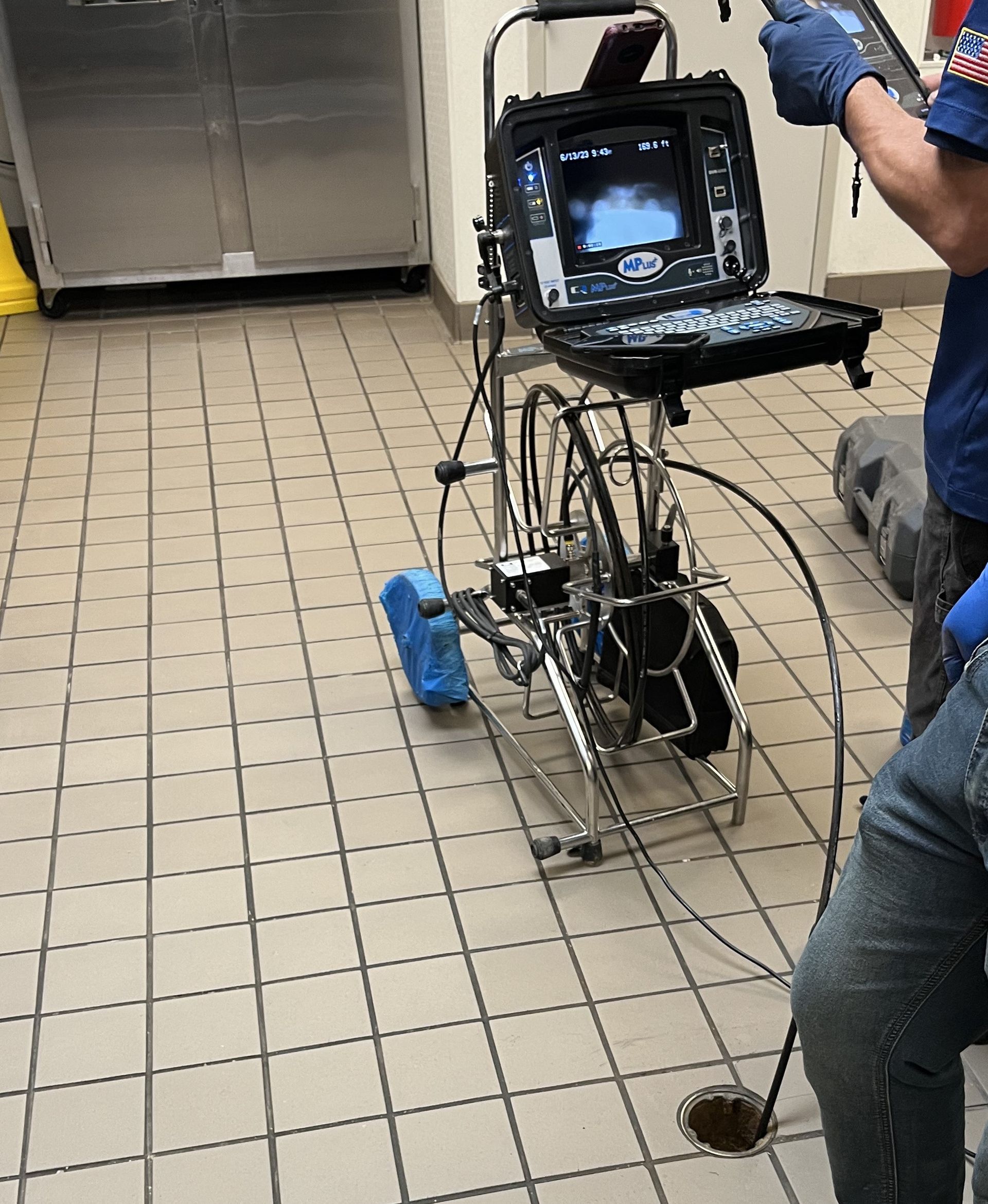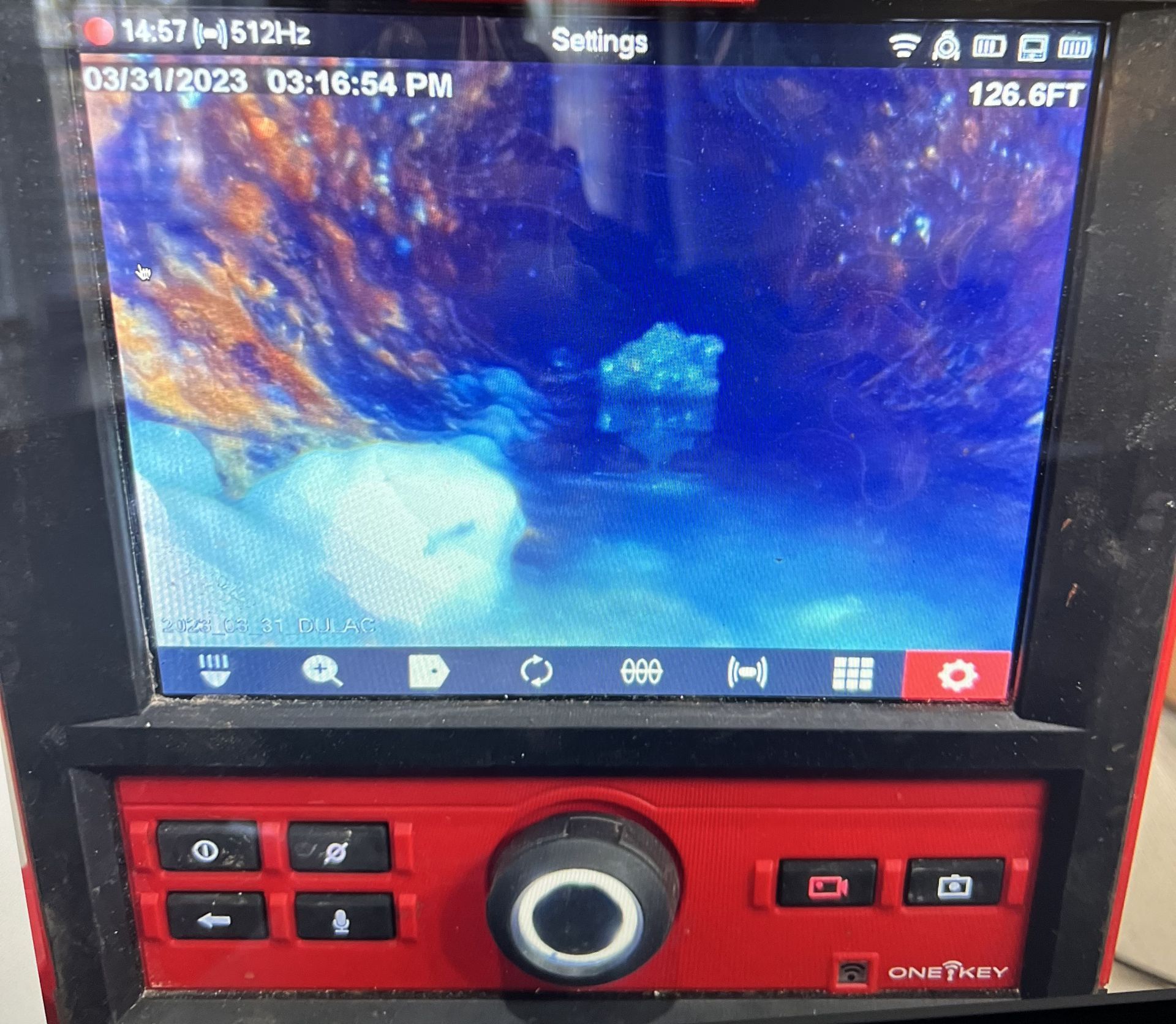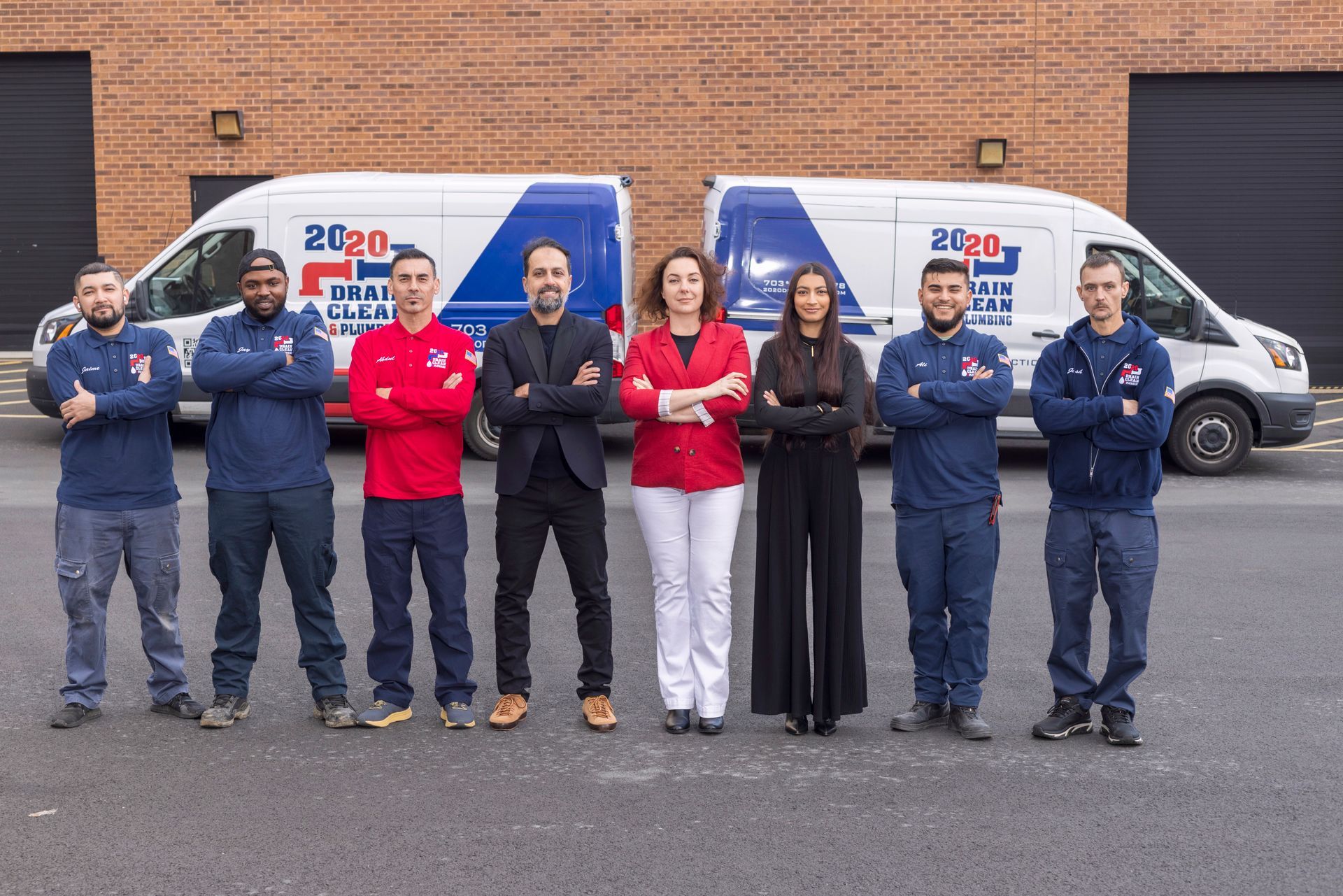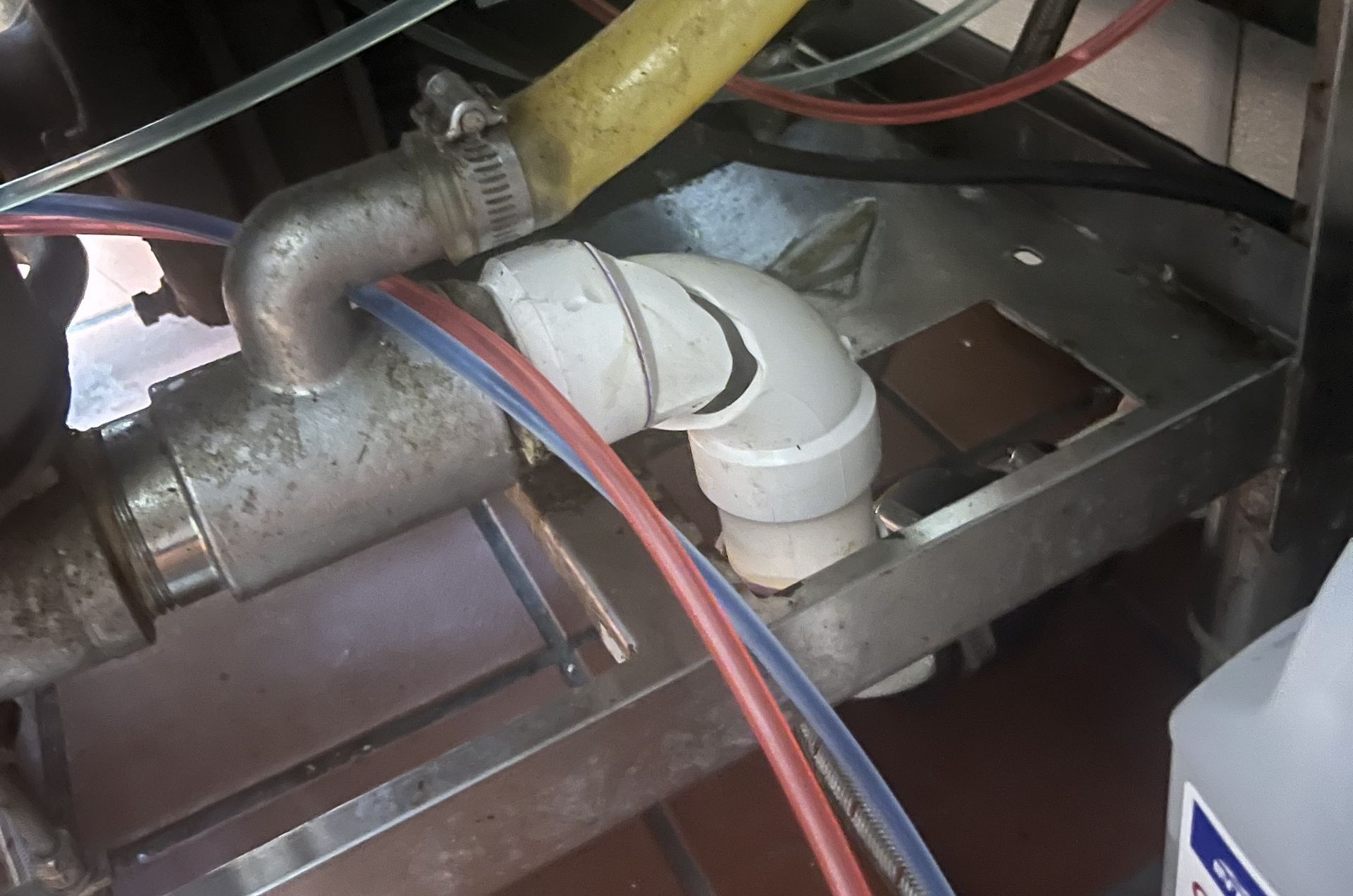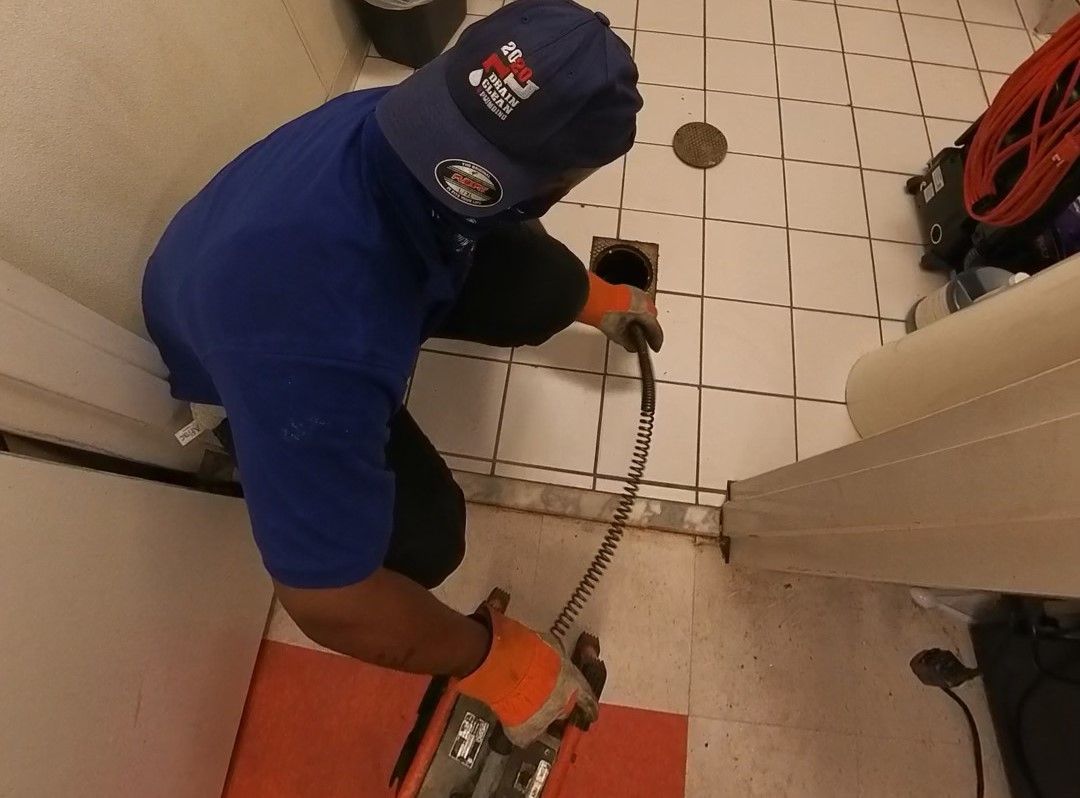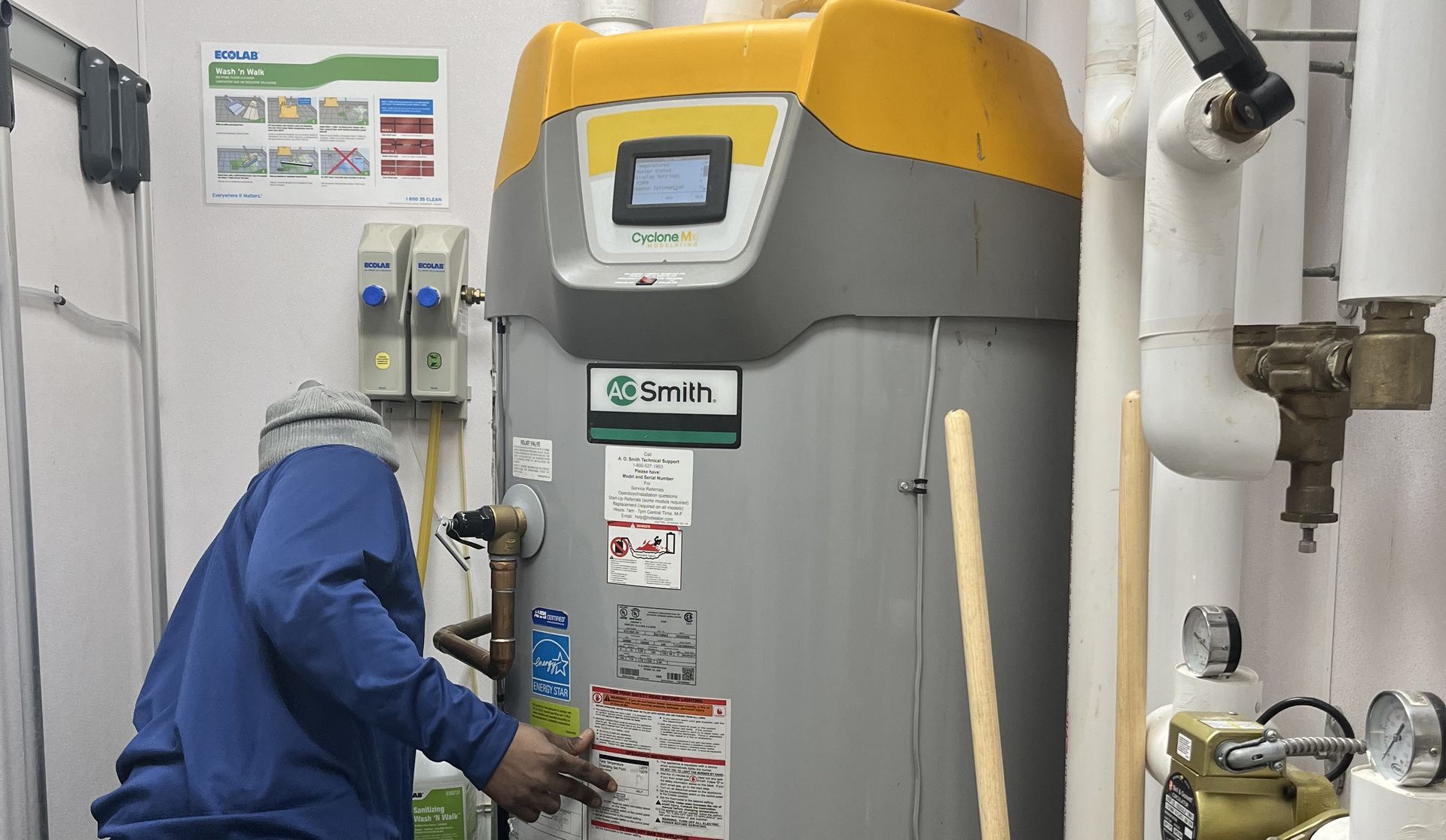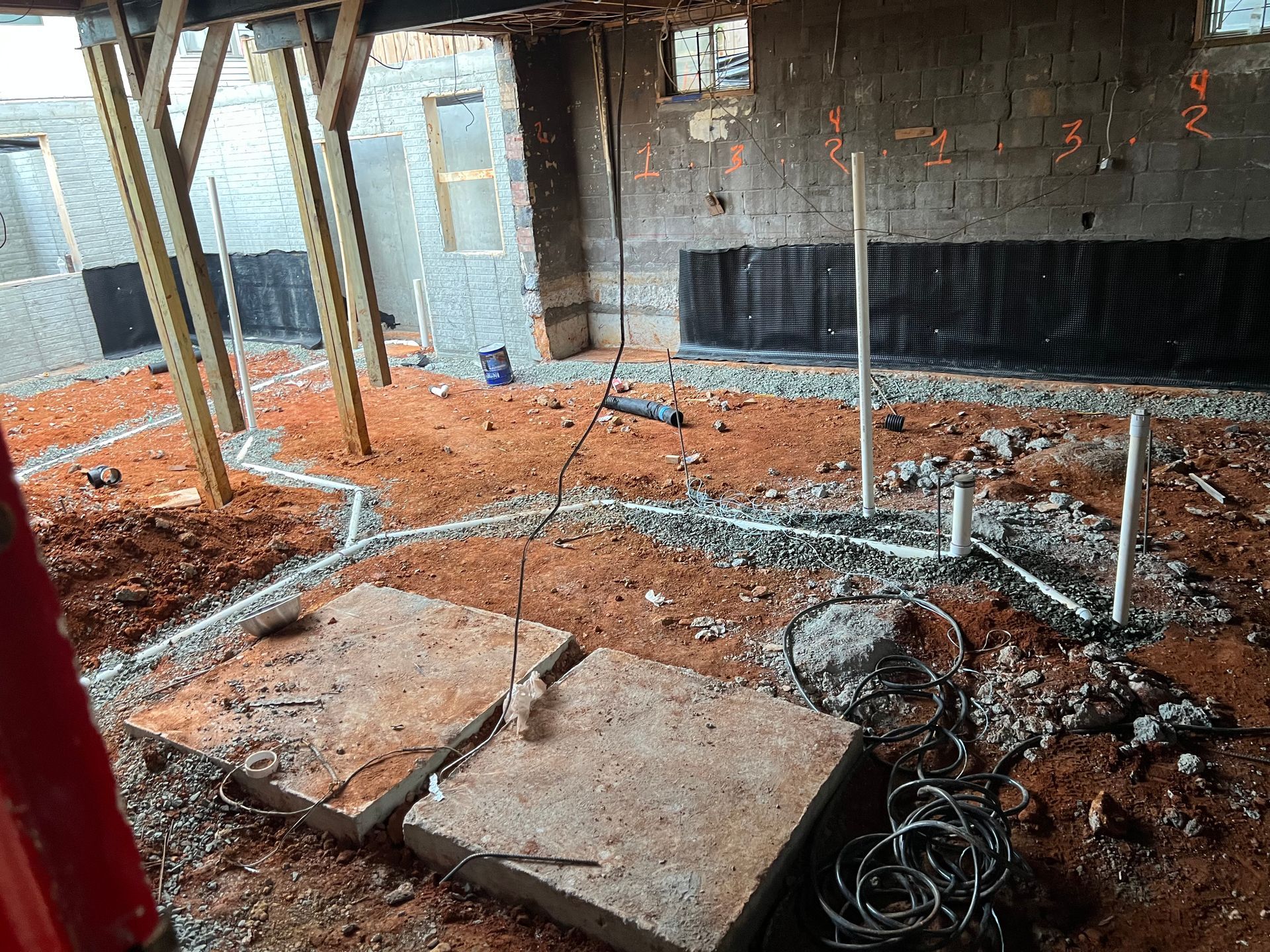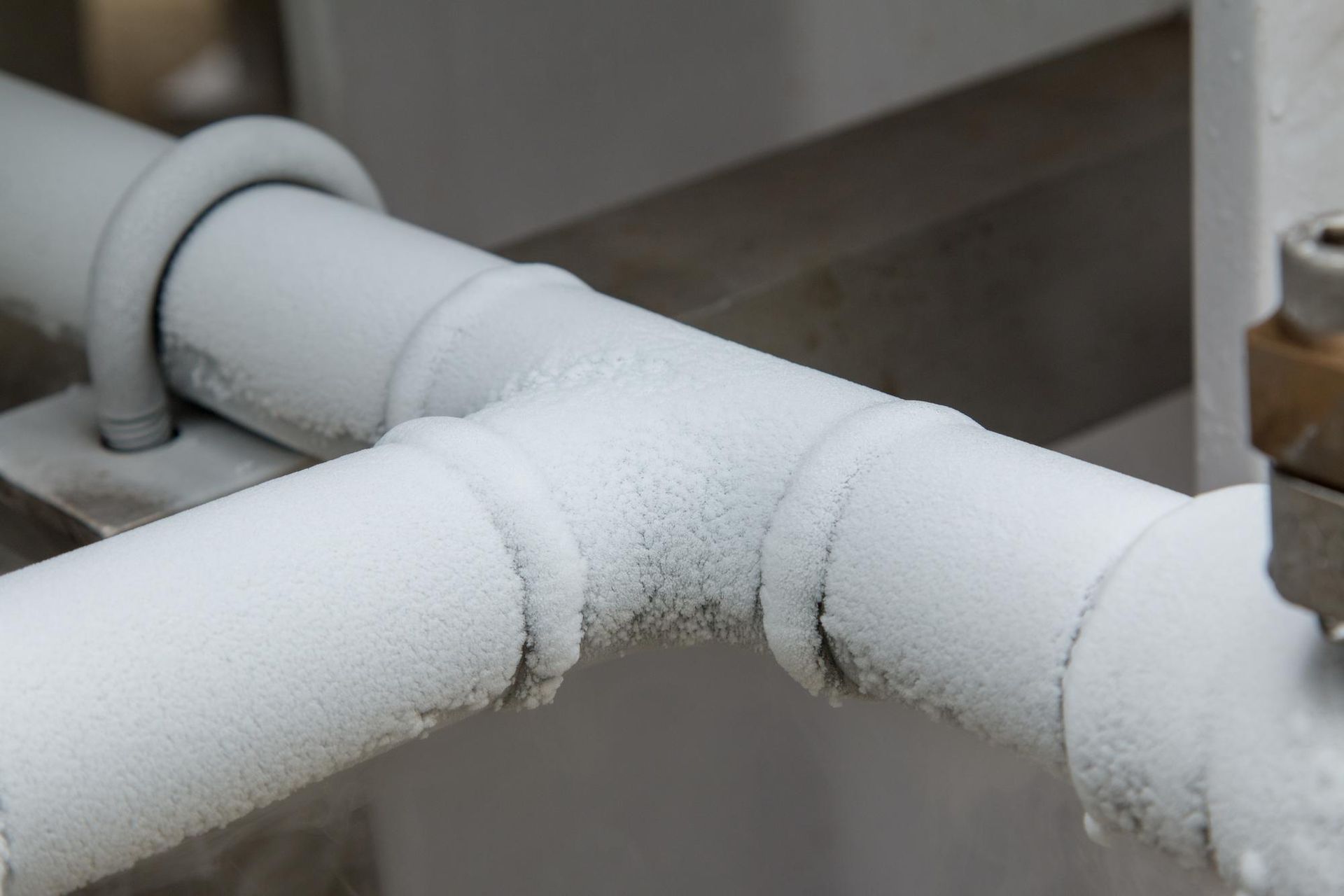Main Sewer Pipe Repair: Expert Tips for Digging Safely
Main sewer pipe repair is a critical aspect of home maintenance that often goes overlooked until problems arise. When issues with your main sewer pipes arise, it's essential to address them promptly to prevent further damage and costly repairs down the line. However, before you roll up your sleeves and start digging, it's crucial to understand the importance of safety in the process.
The Significance of Main Sewer Pipe Repair
Main sewer pipes play a pivotal role in your home's plumbing system, responsible for carrying wastewater away from your property to the municipal sewer or septic system. These pipes are typically buried underground, making them vulnerable to damage over time. Neglecting necessary repairs can lead to a host of problems, including sewage backups, property damage, and health hazards due to contaminated water.
Safety Precautions Before Digging
Before you start digging to repair your main sewer pipes, several safety precautions must be taken. First and foremost, you need to locate utility lines in the excavation area. This involves contacting your local utility companies to mark the location of gas, water, and electrical lines. Failure to do so can result in accidents, utility disruptions, and costly fines.
Additionally, obtaining the necessary permits and permissions from local authorities is essential. Failure to secure the proper permits can lead to legal issues and delays in your repair project. Always make sure you have the green light from the relevant authorities before commencing any digging.
Identifying potential hazards in the excavation area is another crucial safety step. This includes assessing the soil condition, checking for nearby trees or structures that could collapse into the excavation, and identifying any underground obstacles like roots or large rocks.
Essential Tools and Equipment
To dig safely during your main sewer pipe repair project, you'll need the right tools and equipment. These tools are essential for excavating the soil, exposing the damaged pipes, and completing the repair work effectively. Some of the essential tools and equipment include shovels, spades, trench boxes or shoring equipment, and a pipe locator to precisely locate the damaged section of the sewer pipe.
Using proper safety gear is equally important. This includes wearing a hard hat, high-visibility clothing, safety gloves, and steel-toed boots to protect yourself from potential hazards on the worksite.
Step-by-Step Digging Guidelines
When you're ready to start digging for your main sewer pipe repair project, it's crucial to follow a methodical approach to ensure safety and efficiency. Here's a more detailed breakdown of each step:
- Marking the Excavation Area: Begin by clearly marking the area where you intend to excavate. Use paint, flags, or other highly visible markers to outline the boundaries of the work area. This step is essential to prevent accidents and unauthorized access to the excavation site. Make sure that anyone involved in the project understands and respects these boundaries.
- Safe Digging Techniques: When you commence digging, employ safe techniques to minimize the risk of soil collapse or cave-ins. One of the fundamental principles is to dig the trench at an appropriate angle, usually sloping away from the excavation site to maintain stability. The exact angle may vary depending on soil type, so it's essential to consult local guidelines or experts for specific recommendations.
- Shoring and Trenching Methods: To further enhance safety, consider using shoring or trenching methods. Trench boxes, also known as trench shields, provide support to the walls of the trench, preventing them from collapsing. These structures are particularly crucial when working in loose or unstable soil conditions. Always ensure that trench boxes are properly installed and used according to manufacturer guidelines.
- Dealing with Unexpected Obstacles: During the excavation process, you may encounter unexpected obstacles such as tree roots, large rocks, or other buried structures. It's vital to handle these situations carefully to avoid damage to the sewer pipes and ensure your safety. Use hand tools like picks and root saws to carefully remove obstructions, and exercise caution when doing so to prevent injuries.
- Proper Trench Depth and Width: Ensure that the trench's depth and width meet the requirements for your specific repair project. The depth should be sufficient to expose the damaged section of the sewer pipe and allow for necessary repairs or replacement. The width of the trench should provide ample working space for plumbing repairs while maintaining safety margins on either side.
- Sloping and Benching: In situations where the trench is deeper, consider sloping the sides or benching the excavation. Sloping involves creating an incline on the sides of the trench to prevent cave-ins. Benching involves creating a series of steps or benches in the trench walls, adding another layer of stability. The choice between sloping and benching depends on the depth and soil type, so consult guidelines or experts for guidance.
- Working in Sections: Depending on the length of the damaged sewer pipe, it may be prudent to work in sections. This approach minimizes the length of the open trench and reduces the risk of soil collapse. After completing repairs on one section, backfill and compact the soil before moving on to the next segment.
- Inspecting for Gas and Water Lines: Throughout the digging process, remain vigilant for any signs of gas or water lines. If you encounter any utility lines, stop digging immediately and contact the relevant utility companies or authorities. Do not proceed until you are certain that it is safe to continue.
By following these detailed step-by-step digging guidelines, you can ensure a safer and more efficient main sewer pipe repair project. Remember that safety should always be your top priority, and if you encounter challenging conditions or obstacles beyond your expertise, it's wise to seek professional assistance to complete the repair safely and effectively.
Common Mistakes to Avoid
While repairing main sewer pipes, it's essential to be aware of common mistakes that homeowners often make. One of the most significant errors is failing to obtain necessary permits and permissions. Attempting to dig without the proper authorization can lead to legal issues and project delays.
Another common mistake is not properly identifying underground utilities. Failing to locate gas, water, or electrical lines before digging can result in dangerous accidents and service disruptions. Always contact utility companies for marking and information.
Digging too quickly without following proper excavation techniques can also lead to accidents and collapses. It's crucial to take your time and prioritize safety over speed during the digging process.
Hiring Professionals vs. DIY
Deciding whether to hire a professional plumber or tackle the main sewer pipe repair project yourself is a significant consideration. While DIY projects can save money, they also come with risks, especially if you lack experience in plumbing and excavation work.
Professional plumbers have the knowledge, experience, and equipment needed to safely and efficiently repair main sewer pipes. They can also obtain the necessary permits and follow local regulations, ensuring a hassle-free repair process. Hiring a professional can ultimately save you time, money, and stress while ensuring the job is done right.
However, if you have the skills and confidence to handle the repair yourself, it's essential to educate yourself thoroughly, follow safety guidelines, and have the right tools and equipment at your disposal.
Safety During the Repair Process
Safety remains a top priority during the actual repair of the main sewer pipes. Ensure you are working in a well-ventilated area and using appropriate safety gear, including gloves and eye protection.
If your repair involves handling hazardous materials or substances, such as sewage or chemicals, take extra precautions. Use proper disposal methods and follow all safety guidelines and regulations for the handling of these materials.
Maintaining a safe work environment is crucial throughout the repair process. Keep the work area well-lit, organized, and free from clutter to minimize hazards.
Final Inspection and Cleanup
After completing the repair work, it's essential to conduct a thorough final inspection. Check for any potential issues or leaks in the newly repaired section of the sewer pipe. Ensure that everything is in working order before backfilling the excavation.
Proper cleanup is also vital to
ensure the safety and cleanliness of your property. Dispose of any waste materials, such as soil and debris, according to local regulations. Leave the worksite in a condition that is safe for all residents and visitors.
Conclusion
In conclusion, main sewer pipe repair is a critical task that should be approached with utmost caution and safety in mind. Prioritizing safety at every stage of the process, from pre-digging preparations to the final inspection and cleanup, is essential to ensure a successful and secure repair project. Whether you choose to hire a professional or tackle the repair yourself, always remember that safety is non-negotiable when it comes to main sewer pipe digging and repair.
If you're in need of professional assistance for your main sewer pipe repair in Chantilly VA or Lorton VA, we recommend contacting
2020 Drain Clean
& Plumbing. With their expertise and dedication to safety, they can help you tackle your sewer pipe repair project with confidence. Reach out to them at
(703) 677-0878 for reliable service and peace of mind during your repair journey.
FAQ’s
-
How can I locate utility lines before starting my main sewer pipe repair project?
To locate utility lines, contact your local utility companies and request a line marking service. They will send technicians to mark the location of gas, water, and electrical lines in your excavation area.
-
What permits and permissions do I need for a main sewer pipe repair?
The specific permits and permissions required may vary depending on your location and local regulations. Typically, you'll need permits for excavation and possibly others related to environmental concerns. It's essential to check with your local authorities or municipal offices to determine the exact requirements.
-
Can I repair my main sewer pipe on my own, or should I hire a professional plumber?
The decision to DIY or hire a professional plumber depends on your level of experience and comfort with plumbing and excavation work. If you're inexperienced or unsure, it's generally safer and more efficient to hire a professional plumber who can ensure the repair is done correctly and safely.
-
What should I do if I encounter unexpected obstacles while digging for a main sewer pipe repair?
If you encounter obstacles like roots, rocks, or other underground obstructions, it's important to proceed with caution. Use appropriate tools and techniques to navigate around these obstacles, and consider seeking professional assistance if the obstacles are significant or challenging to handle.
-
How do I ensure the safety of my property and the environment during a main sewer pipe repair?
To ensure property and environmental safety, follow all safety guidelines, use proper disposal methods for waste materials, and maintain a clean and organized worksite. Additionally, consider the use of environmentally friendly materials and methods when possible to minimize the impact on the environment.
Search
Recent Posts
Service Areas:
Aldie, Alexandria, Ashburn, Arlington, Burke, Centerville, Chantilly, Dale City, Dulles, Dumfries, Fairfax, Falls Church, Gainesville, Great Falls, Herndon, Lake Ridge, Manassas, Mclean, Nokesville, Sterling, Springfield, Stafford, Tysons, Triangle, Woodbridge and more in Northern Virginia
Our Mission
2020 Drain Clean & Plumbing mission is to be the last Plumbing company you ever need to find!
All Rights Reserved | 20/20 Drain Clean & Plumbing, LLC

